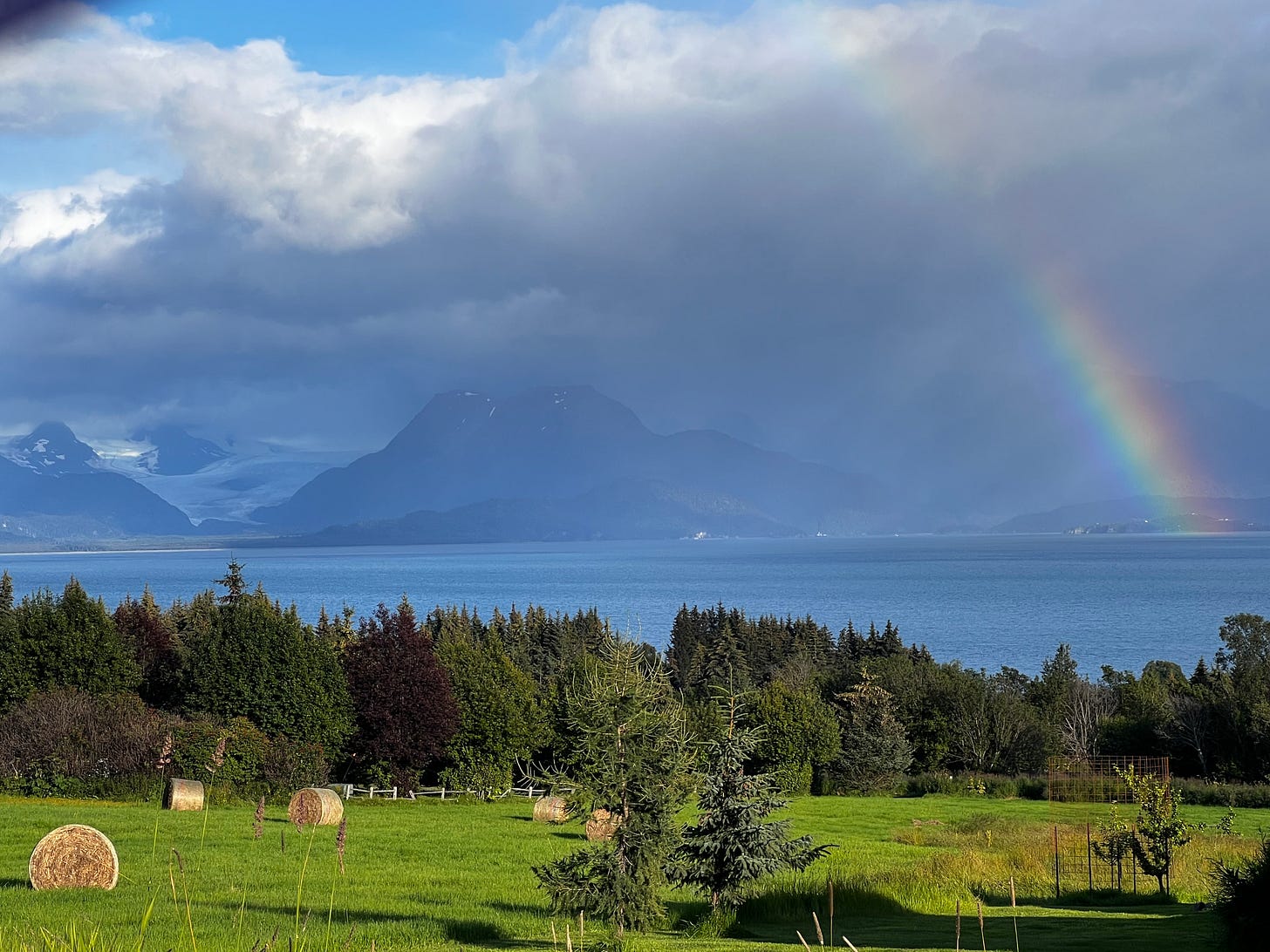Alaska is in for a World of Hurt
By Jessica Shepherd
Alaska is in for a World of Hurt
Thirty-odd years ago, when I first arrived in Alaska, a woman I worked with felt the need to cast shadows on my sunny outlook of life here in the far north. “You don’t see it, but Alaska’s basically a third-world country. Wait until you travel beyond the road system. You’ll see.” I was affronted, and sure she was oversimplifying, but I never forgot those words.
Back then, I didn’t know that more than half of Alaska’s revenue comes from the federal government – more than any other state in the union. Over six billion dollars annually flow from federal coffers to Alaska to support Medicaid and Medicare, Social Security, nutritional assistance, public schools, road construction, and Native health care. Federal jobs and grants support approximately 30% of the State’s workforce. All that funding, which came with no strings attached until now, makes us something of a welfare state.
Since then, I’ve visited tiny Native communities far from the road system and witnessed how climate-driven fall storms eat away at the coastline, collapsing roads, waterlines, and buildings.
I’ve engaged Native kids in hands-on climate and weather lessons, and raised federal grant dollars to give Native Councils a voice at the table when mining interests threaten their rivers and subsistence way of life. These communities may seem third-world to outsiders used to paved streets and $5 for a gallon of milk, but for the folks who live there, the land represents their heritage – the very fabric of their lives.
In light of the new Administration, I now see why my colleague warned me all those years ago about Alaska’s vulnerabilities. Trump doesn’t give anything away. If anything, he’ll expect back payment with interest.
And so, it begins. At least 1,378 probationary federal employees, almost 12 percent of Alaska’s federal workforce, are expected to be fired or laid off by the Trump Administration. Add that to all the rescinded grants, and loss of funding opportunities, and we’re facing a significant drop in employment numbers along with the fiscal damage that will have on our communities.
Nationally, the United States Department of Agriculture has canceled one billion dollars of funding to provide local foods for schools and food banks. Here in Homer, the local farmer’s market has made good use of those funds for the past three years to supply the community food bank with fresh produce throughout the summer months, a win-win for local farmers and those who are food insecure.
Environmentally, gutting the workforce at the Environmental Protection Agency (EPA) was just the first step. Now, Trump’s EPA has rewritten the very mission of the agency, which was “to protect human health and the environment,” reframing the goals of the agency to “lower the cost of buying a car, heating a home and running a business.”
This goes hand-in-hand with his day-one executive order (EO) entitled “Unleashing Alaska’s Extraordinary Resource Potential.” The document, likely prepared by the authors of Project 2025, states Trump’s goal to develop Alaska’s “abundant and largely untapped supply of natural resources including … energy, mineral, timber, and seafood … to the fullest extent possible…to fully avail itself of Alaska’s vast lands and resources” To do so, federal agencies will “rescind, revoke, revise, amend, defer, or grant exemptions from any and all regulations, orders, guidance documents, [and] policies …that are inconsistent with … this order.”
Specifically, the EO seeks to open up the Arctic National Wildlife Refuge Coastal Plains to oil and gas leasing, place a temporary moratorium on the Ambler Road Environmental Impact Statement, expedite construction of a road between King Cove and Cold Bay (i.e., build a road through a federally-designated wilderness – which is by definition roadless - thus creating a precedence for roads in other wilderness areas). Perhaps most galling, the EO calls for a review of Alaska Native land withdraws for Native Corporations and an evaluation of Native subsistence hunting rights on federal lands. All in all, it invites a free for all for resource developers, major corporations and trophy hunters.
Biden’s Climate and Infrastructure Funding intended for Alaska amounted to six billion dollars spread over 2,925 projects. These projects were designed to improve roads and airport infrastructure, increase local food production, install solar for small businesses, address bluff erosion, bring broadband to remote communities, support low-Income home energy assistance for heating bills and home weatherization, and so on. Learn more about projects intended for Alaska and elsewhere in the U.S. here.
The Biden Administration revitalized this country after the emotional and economic collapse imposed by Covid. Their goal was to build a better life raft – one that could hold everyone, regardless of race, education, or gender identity. The new Administration is shredding that life raft, intentionally leaving us floundering when we have so little time to act against the perils of climate change and rising social unrest.
What will become of Alaska? I’d like to believe that our Native villages, which have persisted for thousands of years in one of the harshest environments on the planet, will manage to adapt as the Trump Administration chainsaws, drills, and overfishes its way through fragile wilderness. I’d like to believe that we, as good neighbors and voters, will wake up and respond with our hearts, our voices, and our power. If ever there was an us-versus-them moment to unite us, as Alaskans, as Americans, against them, traitors to the ideals of democracy and collaboration this country stands for, that moment is now.



I want to believe that too, that Alaskan are good neighbors, and that we will become sensible voters and not believe the con men in politics. Let’s all get to work!
Breaks my heart...